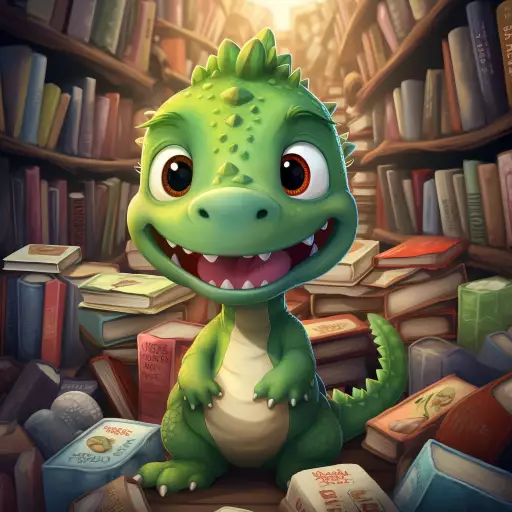Explore the Best AI Image Gallery

Weaving Innovation: How AI Image Creation Tools Are Reshaping the Creative Industry
The realm of artistic expression has always been a canvas for innovation. From the advent of oil paints to the digital revolution, technology has consistently reshaped how we create and consume art. Today, a new wave of innovation is sweeping through the creative industry: AI image creation tools. These powerful algorithms, capable of generating stunning visuals from simple text prompts, are blurring the lines between human creativity and artificial intelligence, sparking both excitement and debate.
AI image generators utilize deep learning techniques, trained on massive datasets of images and text, to understand the intricate relationships between visual elements and concepts. This allows them to produce original artwork in a variety of styles, from photorealistic landscapes to abstract compositions, opening up a world of possibilities for artists, designers, and businesses alike.
A Palette of Possibilities: Applications Across Industries
The versatility of AI image creation tools extends far beyond the realm of fine art. Their applications span a wide range of industries:
- Design & Advertising: Generate eye-catching visuals for marketing campaigns, website designs, product mockups, and social media content.
- Entertainment & Gaming: Create immersive game environments, concept art for films and animation, and dynamic in-game assets.
- Publishing & Education: Illustrate textbooks, create engaging visual aids for learning materials, and generate custom graphics for publications.
- Architecture & Real Estate: Produce realistic renderings of buildings, showcase virtual tours of properties, and visualize design concepts.
- Fashion & Retail: Design clothing patterns, create product visualizations, and personalize shopping experiences through augmented reality.
Navigating the Ethical Landscape
While the potential benefits of AI image creation tools are undeniable, their emergence raises important ethical considerations:
- Copyright & Ownership: Questions arise regarding the ownership of AI-generated artwork, particularly when it draws inspiration from existing copyrighted material. Legal frameworks are still evolving to address these complexities.
- Bias & Representation: AI algorithms can inadvertently perpetuate societal biases present in the training data, leading to the creation of biased or stereotypical imagery. Its crucial to ensure diversity and inclusivity in training datasets to mitigate this risk.
- Job Displacement: Concerns exist about the potential displacement of human artists and designers as AI tools become more sophisticated. However, its also important to recognize that AI can augment creative workflows, allowing humans to focus on higher-level conceptualization and artistic direction.
- Transparency & Accountability: The decision-making processes of AI algorithms can be opaque, making it difficult to understand how specific images are generated. Increased transparency and explainability are essential for building trust and accountability in AI-driven creative processes.
The Future of Creative Collaboration
Looking ahead, the future of the creative industry lies in a dynamic collaboration between human ingenuity and AI technology.
- Hybrid Creativity: Artists will increasingly leverage AI tools as collaborators, utilizing their capabilities to generate ideas, explore new concepts, and streamline workflows.
- Personalized Experiences: AI-powered tools will enable the creation of highly personalized creative outputs, tailoring artwork and designs to individual preferences and tastes.
- Emergence of New Art Forms: AI will undoubtedly inspire the emergence of entirely new art forms, pushing the boundaries of artistic expression and challenging our perceptions of creativity itself.
As AI image creation tools continue to evolve, its crucial to foster a responsible and ethical approach to their development and application. By embracing open dialogue, addressing concerns proactively, and fostering collaboration between artists, technologists, and policymakers, we can harness the transformative power of AI to unlock new horizons in creative expression and innovation.


















](https://images.ai-img.art/thumbnails/150/4289d1230b86a96c4d556636c3167bed0ef38f850826549517e4e45db4d87bf7.webp)

](https://images.ai-img.art/thumbnails/150/008b5d5d49667cc2e93a5f8a8adfaa545963da99c39ff0901f5296294636400d.webp)

](https://images.ai-img.art/thumbnails/150/f67d9af3398150f2ab1bcf250717fea134275e2ca896252b54a4d9bb3719f9ac.webp)













](https://images.ai-img.art/thumbnails/150/c2c9c48b38fae37f0a457b80b084ed01ba803810fc8f488c8f610c03abc74049.webp)


](https://images.ai-img.art/thumbnails/150/bddf3ae4a232290858389b933c866ad3be429ef2e25c23a9f4d7713ed6e44d0b.webp)

](https://images.ai-img.art/thumbnails/150/f9584153b4cddd8c9fab611dc10247549b275c59bc173251e37d0935874f9deb.webp)